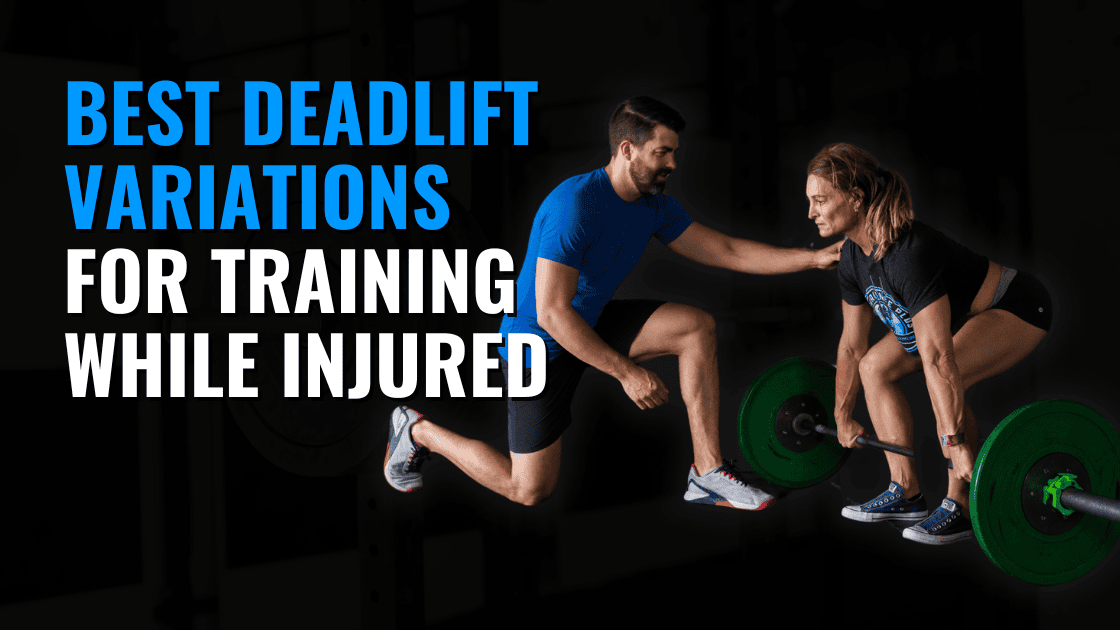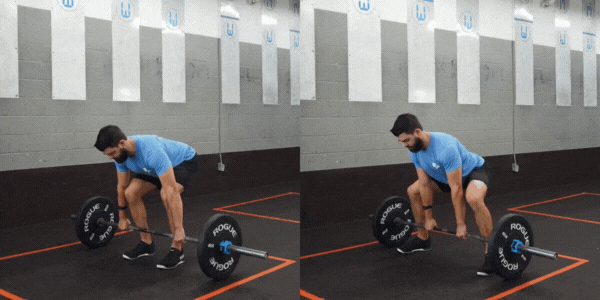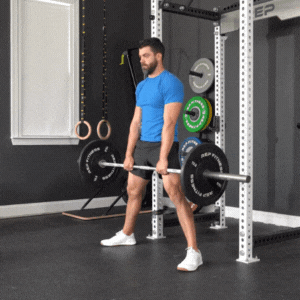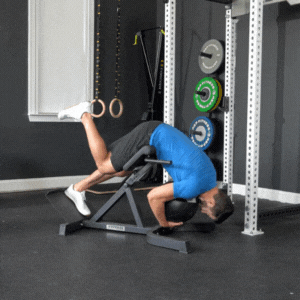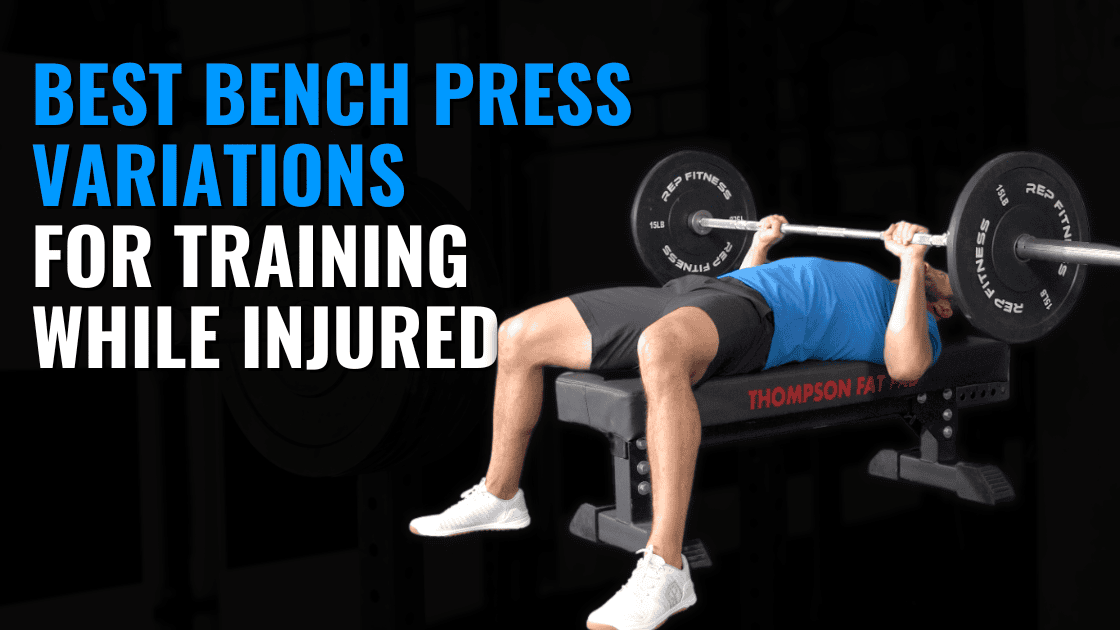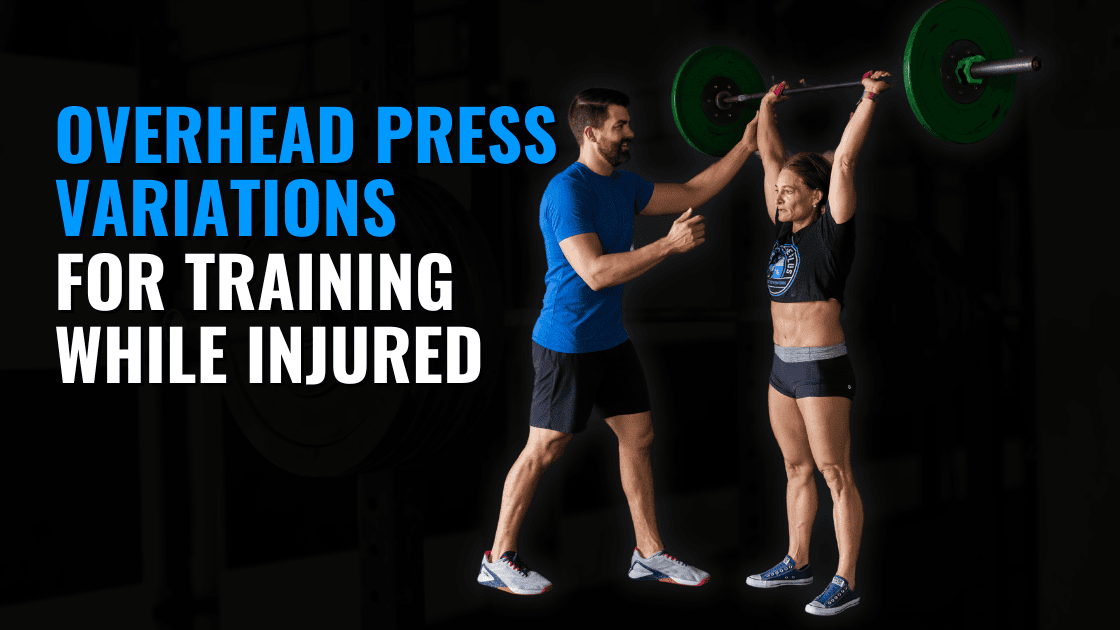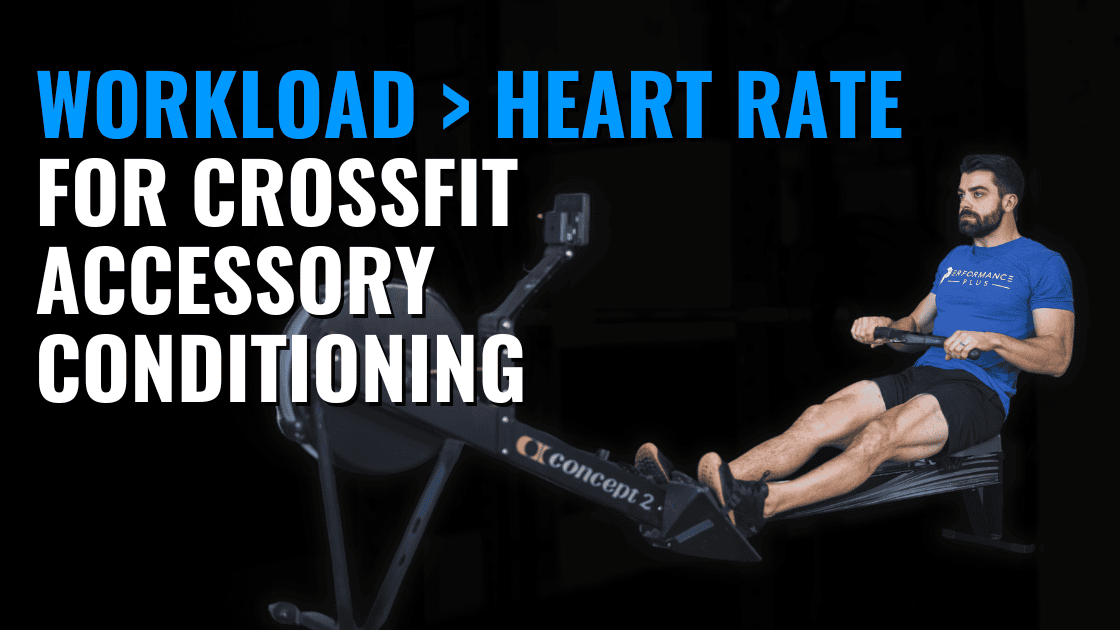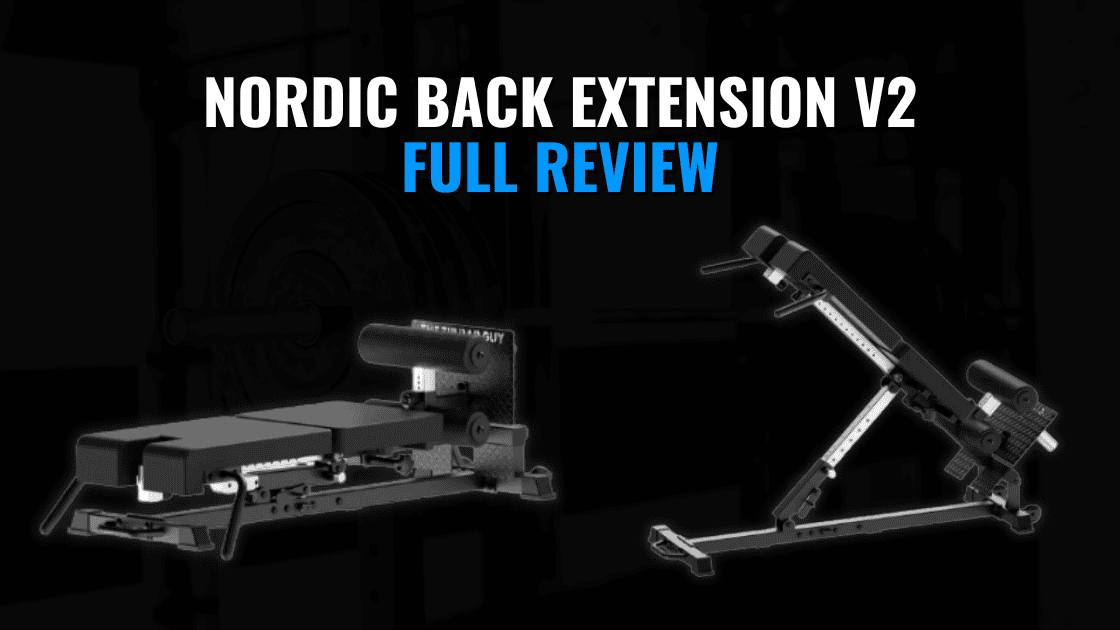The Best Deadlift Variations for Training While Injured
While the deadlift can be a great exercise for people dealing with back pain to get out of pain, there are also plenty of times where the deadlift can be too aggravating to perform. And if you need to train heavy hinge variations, then we need to have variations to use to stay in the gym versus having to completely avoid them. The variations that we use will either change torso position, reduce nerve tension, or reduce overall loading on the spine, so that at least one of these variations should be really well tolerated by anybody that can’t deadlift because of back pain as they work on getting back to the full barbell variations.
Related Resources:
Sumo Deadlift
Compared to the conventional deadlift, the sumo deadlift involves a much more upright torso and a wider leg position. This reduces shear forces on the spine, making it more tolerable for many athletes. Additionally, the wide stance reduces neural tension, which makes it a great choice for individuals with sciatic pain. This variation also allows for maximal loading, making it ideal for powerlifters or athletes needing specificity during a back pain flare-up.
Sumo Romanian Deadlift
This variation offers the same advantages as the sumo deadlift but with a reduced range of motion. It’s a great alternative when pulling from the ground is too aggravating while also having the advantage of less nerve tension during the lift.
Trap Bar Deadlift
The trap bar deadlift is more of a squat pattern than a hinge, featuring a slightly more upright torso and more knee flexion. This reduces shear forces and sciatic nerve tension but has slightly less carryover to the conventional deadlift.
Recommend Product: Rep Fitness Open Trap Bar
Limited Range of Motion Romanian Deadlifts
Romanian deadlifts allow for deadlift-specific strength development with reduced loads. And by limiting the range of motion to only what is pain-free, this becomes an excellent option for reintroducing heavier hinge patterns as irritability decreases.
Barbell Hip Thrust
An excellent glute-building exercise that rarely irritates the back, even under heavy loads. While it may not carry over as strongly to the deadlift, it allows for high mechanical loading with minimal stress on the spine and sciatic nerve.
45-Degree Hip Extensions & Glute Ham Raises
Whether performed on a 45-degree bench or a glute ham developer, these are great accessory movements for glute and hamstring development with significantly reduced spinal loading. They offer high hypertrophy potential and are generally well tolerated.
Single Leg Deadlifts
Variations like landmine, hand-supported, or rear-foot elevated single leg deadlifts are preferred to minimize balance demands and maximize muscular loading. These use much lighter weights while still targeting the posterior chain effectively when symptoms are moderate.
Reverse Hypers
Reverse hypers are one of the best exercises for both rehab and strength. They provide a distraction force through the spine and train the posterior chain through a full range of motion.
View this post on Instagram
Segmental reverse hypers focus on controlled lumbar mobility, lumbar-focused versions add light load through full ROM, and the full version introduces a dynamic swing for greater loading. Even if your gym lacks a dedicated reverse hyper machine, there are several setup options available which we’ll share in the accompanying video.
Conclusion
Just because you’re dealing with back pain doesn’t mean you need to stop training altogether. With the right variations, you can keep building strength and making progress while protecting your spine and promoting recovery. The key is choosing movements that reduce stress on irritated tissues while still targeting the muscles involved in heavy hinge patterns.
But finding the right movements—and knowing when to progress or regress—isn’t always straightforward. That’s where working with a team of experts makes all the difference. At Onward Physical Therapy, we specialize in helping active individuals get out of pain and back to doing what they love—without unnecessary rest or restrictions. Whether you’re a CrossFit athlete, powerlifter, or weekend warrior, our team will guide you through a customized rehab and training plan that bridges the gap between injury and high performance.
If back pain is holding you back in the gym, reach out to your local Onward clinic today and let’s get to work.

